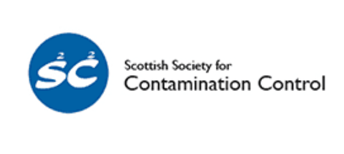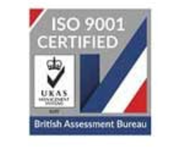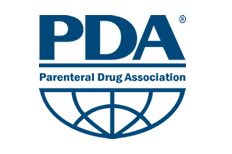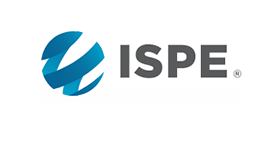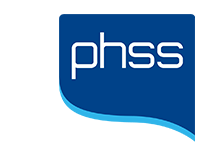| Cleanroom Supplies Blogger

WFI Water – Selection of Pure Water for Cleanroom and Laboratory
Many different terms are used for Pure Water and there is often confusion between alternative production methods and the different standards or grades of pure water. Such terms as High Purity Water, Pure Water, WFI water, deionized water, demineralized water, reverse osmosis water can be confusing.

Within the cleanroom environment however, there are three types of water as defined by the European Pharmacopeia for use in bio-pharmaceutical facilities:
-
Water for Injection – WFI
-
Purified Water – PW
-
Highly Purified Water – HPW
The European Pharmacopeia sets out the specification for these three standards, and acceptable production methods. In the production of these waters, different processes are acceptable. Let us briefly consider some of the production methods:
What is Deionized Water?
Deionization simply means the removal of ions. Other terms used include: “DI Water” “Demineralization” “Demin”
Demineralized water is a typical expression for water from which most salts and minerals have been removed. It can be produced by means of reverse osmosis or through distillation.
Ions are electrically charged atoms or molecules found in water that have either a net negative or positive charge. For many applications that use water as a rinse or ingredient, these ions are considered impurities and must be removed from the water.
What is Distilled Water?
 Distilled water is water that has had many of its impurities removed through the process of distillation.
Distilled water is water that has had many of its impurities removed through the process of distillation.
Distillation involves boiling the water and then condensing the steam.
In pharmaceutical grade water, this is often achieved using mutli-stage or multi-effect stills, manufactured and operated to a very high quality standard.
Each multi-stage still comprises a number of boiling columns, with the first column producing pure steam. This is condensed and re-distilled in the following columns to produce high quality WFI water. Still feed water can be Reverse Osmosis (RO) water.
What is Reverse Osmosis?
Reverse osmosis (RO) is a filtration method that removes many types of large molecules and ions from solutions by applying pressure to the solution when it is on one side of a specialised membrane. This membrane does not allow large molecules or ions through the pores, but allows smaller components of the solution (such as the solvent) to pass freely. The result is that the solute is retained on the pressurized side of the membrane and the pure solvent is allowed to pass to the other side, having up to 98% of the minerals and salts being rejected. The water containing the rejected salts is often run to drain or reclaimed for other use.
In the normal osmosis process the solvent naturally moves from an area of low solute concentration, through a membrane, to an area of high solute concentration. The movement of a pure solvent to equalize solute concentrations on each side of a membrane generates a pressure and this is the “osmotic pressure.” Applying an external pressure to reverse the natural flow of pure solvent, thus, is reverse osmosis.
RO and distillation are processes used in the process of WFI production.
Water for Injection (WFI) Specification
Water is widely used as a raw material, ingredient, and solvent in the processing, formulation, and manufacture of pharmaceutical products, active pharmaceutical ingredients (APIs) and intermediates and analytical reagents. It is also widely used in cleanroom disinfectants, disinfection procedures, detergents and rinsing procedures.
Pharmaceutical production water has to meet strict quality specifications. EP European Pharmacopoeia EP) and the United States Pharmacopoeia (USP) stipulate the requirements for Water For Injection (WFI) quality water.
Purified Water (PW) and Water For Injection (WFI) are registered specifications according the EP and USP, differing in a few important details. With the publication of the fourth edition of the EP in 2002: Highly Purified Water (HPW) was introduced. HPW is applied in the production of medicinal products which sets high standards to be met in the field of microbiology, but where WFI is not mandatory.








